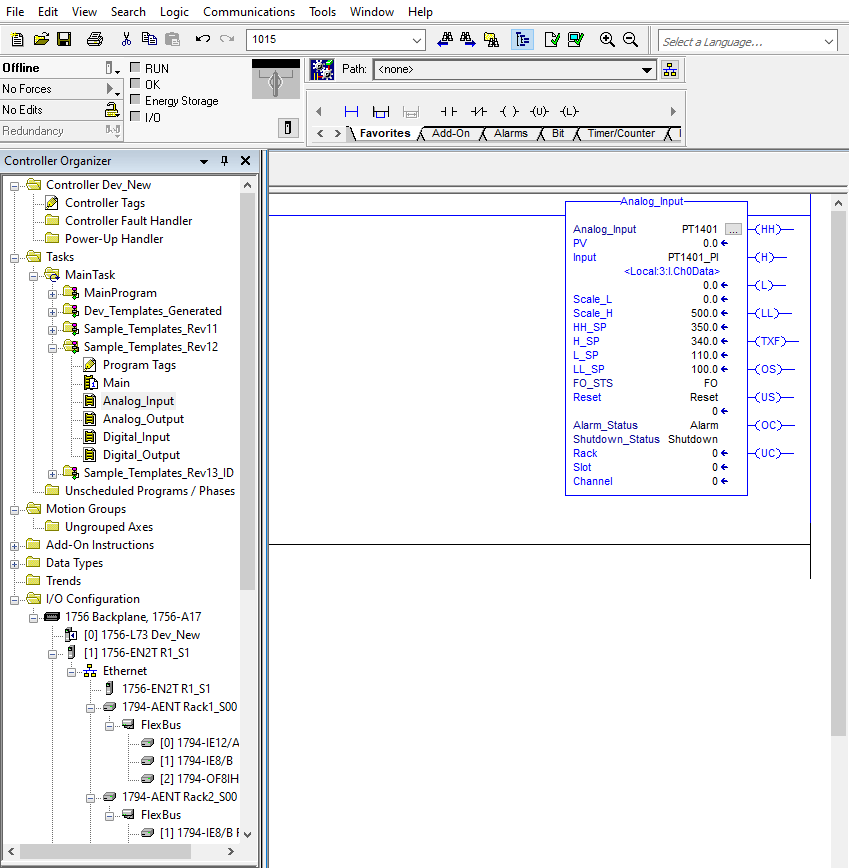The world of IEC 61131 is intended to create a standard so more people can support it and software will be more reliable with the hardware it is interfacing with. In programming, there is many different ways to develop and that means a lot more wrong ways than right ways. IEC 61131 is regularly called out as a spec by major customers and sometimes for regulation purposes.
It’s important for EPC companies, OEM’s, and end users to engage a systems integrator that understands this standard to make sure the project is in compliance. Otherwise, your entire project could be in compliance but your sub-contracted out programming is not. Often times this won’t get determined until after startup. Imagine having to re-develop all of the programming AFTER the start date. Nevermind the cost, having to re-commission and startup after all of the development time would be a nightmare.
We won’t get into all of the different specifications of 61131 here but be sure to catch our white paper by signing up for our email list.
Below are some industry standard variations of PLC/DCS programming we support that are IEC 61131:

Ladder logic is the most common method for asset and plant level development. Best for being intuitive for non-programmers it has become the standard for automation platforms.

Add-on Instructions are quickly becoming the norm in Rockwell based controllers and for good reason. They are quick to develop and create a standard for programmers to use that builds consistency for both technicians and operations.

Function Block Diagram is the second most popular style. It allows for consistency but does cause for some people to get lost in what is going on inside of the block. In the world of Rockwell

Structured Text is the least common in the PLC/DCS world. This is a true programmers language that is not intuitive or easy to troubleshoot for a technician who isn’t specifically trained in it. However, it is very efficient and a reason it is predominantly used in large custom applications that have the CPU power to utilize it.
